11 Groceries Getting Slammed by China Tariffs This Week
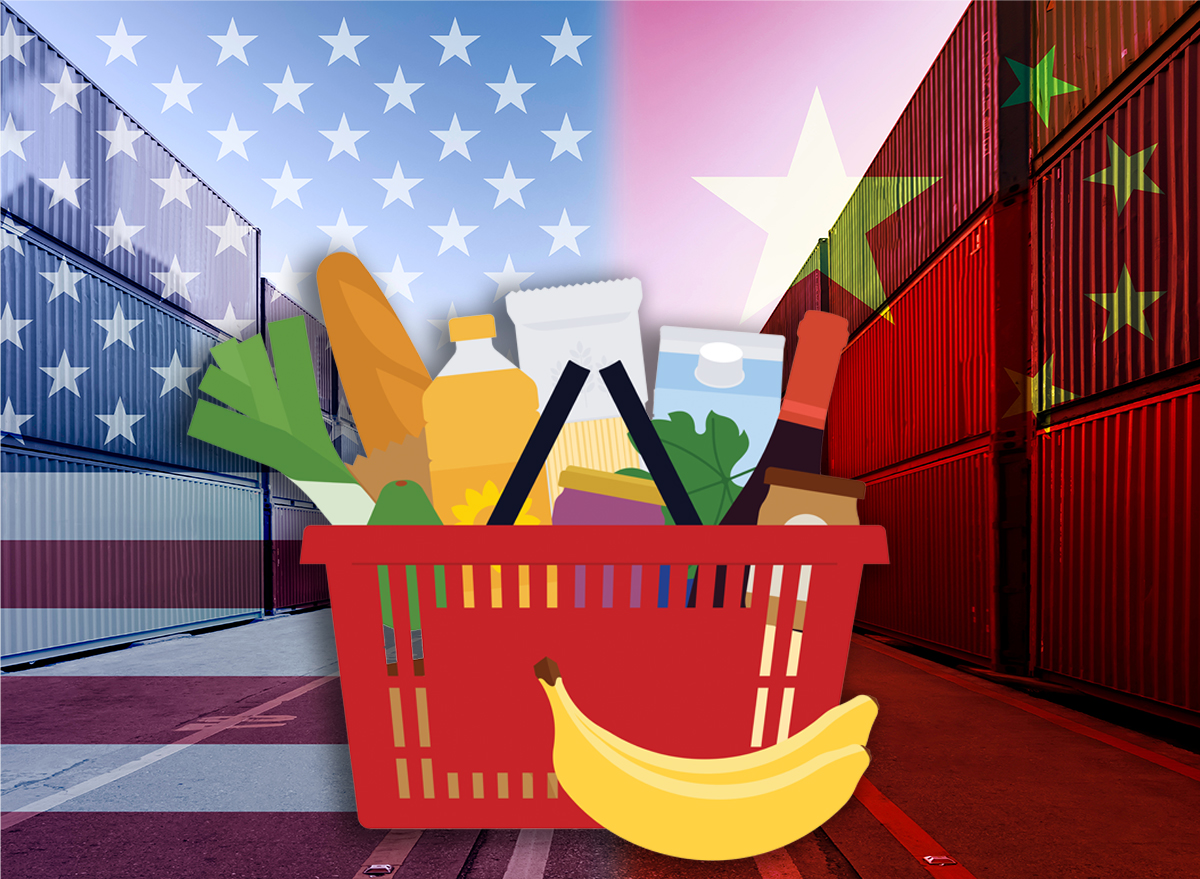
Grocery store shoppers are preparing for a massive hike in prices as President Trump's 104% tariffs against China go into effect. China responded by raising its tariffs against the U.S. to 84%, the repercussions, and there is no resolution in sight right now—but what does that mean for the average shopper in the U.S.? Anything imported from China into the U.S. is about to become significantly more expensive, whether it's distributors or customers who take most of the hit. Here are 11 groceries getting slammed by the China tariff war.
Pearl River Bridge Soy Sauce
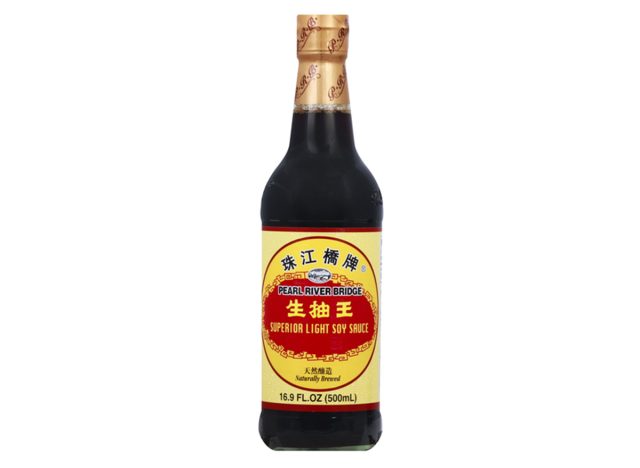
Pearl River Bridge Soy Sauce is a popular soy sauce produced in Guangzhou, Guangdong Province, China, and sold in the U.S. "Every day, every single customer, I don't know how many times I hear about tariffs," Springfield, VA-based Filipino-American store owner Arlene Calimlim tells NPR. "They say, the next time I buy this, it might be double in price."
50Hertz Tingly Foods

50Hertz Tingly foods sources its peppers from Sichuan and Gansu provinces in China, and is asking U.S. customers to help "weather the tariff storm" by holding a sale. "As new tariffs take effect, your support helps us stay true to our mission: bringing the bold, tingling flavor of Sichuan pepper to the world. Your order means the world to our small business," the company says.
Apple Juice
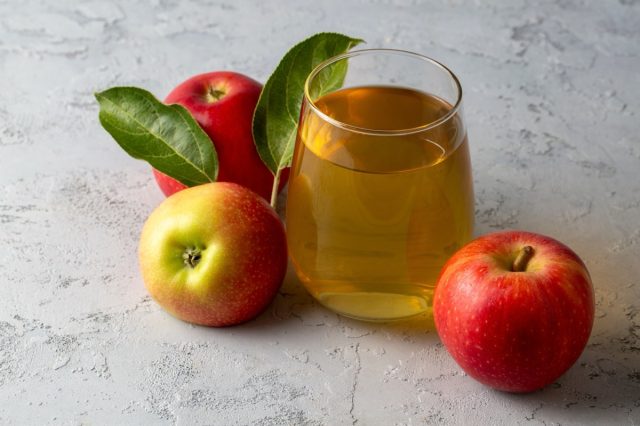
Apple juice is not the most obvious import item but it turns out China is the world's largest exporter of apple juice concentrate, with two thirds of the apple juice supply in the U.S. coming from China. "China's prominent role in apple juice trade is remarkable, considering that its juice industry barely existed until the early 1990s," says the USDA. "The industry relied on exports for over 90 percent of its sales since apple juice is not traditionally part of the Chinese diet. The United States is the largest market."
Lee Kum Kee Sauces and Condiments
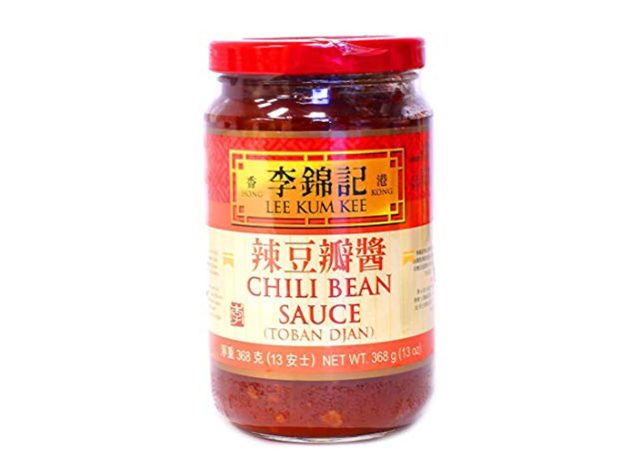
Lee Kum Kee sauces and condiments, including the famous Hoisin sauce, are produced in Xinhui, Huangpu and Jining, China; Los Angeles, and Kuala Lumpur, Malaysia. Because some products are manufactured in the U.S. it's hard to tell how hard the company will be hit by tariffs, but customers are worried.
Frozen Shellfish
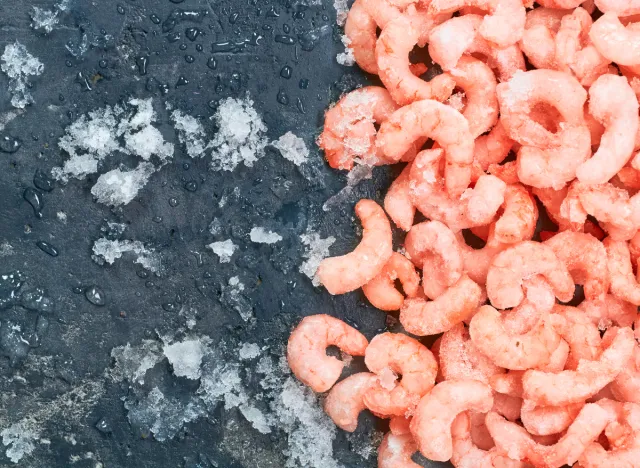
China's frozen shellfish export business is huge, which means your shrimp could become more expensive soon for U.S shoppers. China exported 436,300 MMT (million metric tons) of crustaceans in 2024 alone. "In 2023, Japan remained the PRC's largest seafood product export destination, followed by the United States and South Korea," says the USDA.
Fly By Jing Products
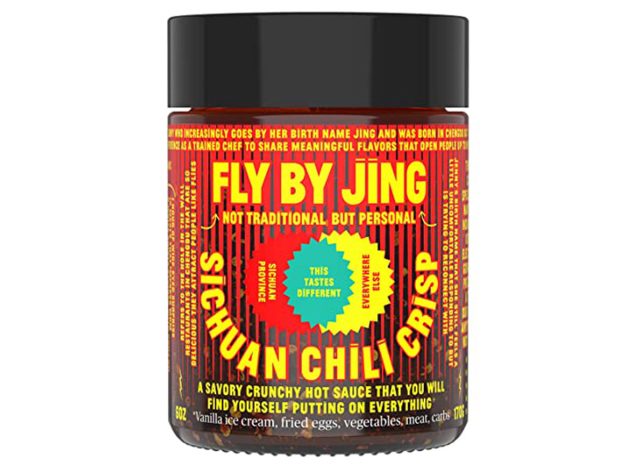
Fly By Jing products, including the famous Sichuan Chili Crisp, are produced in small batches in Chengdu, Sichuan Province, China.
Fresh and Frozen Garlic
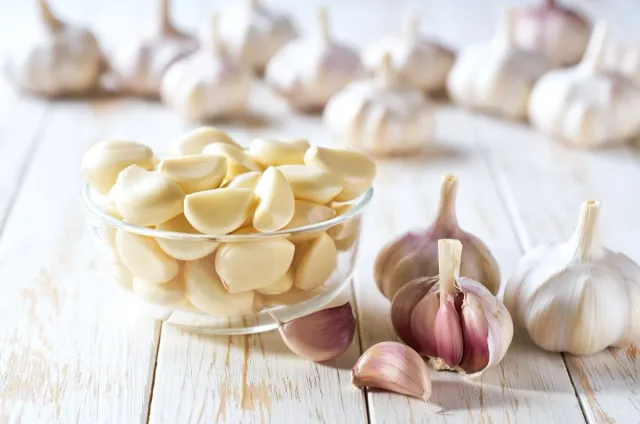
China is the world's largest producer and exporter of fresh and frozen garlic, plus canned garlic products. The U.S. imported $124.03 million worth of garlic from China in 2023, according to The Packer. "Compared with 2010 import levels, 2024 trade numbers show that China remains the largest exporter, but with fluctuations and growth from other global suppliers."
Lao Gan Ma
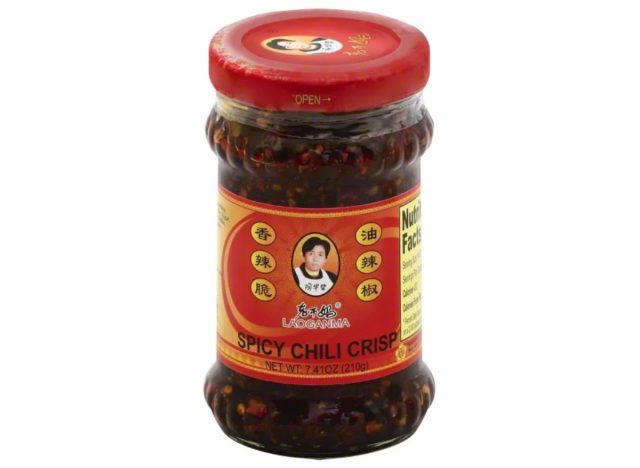
Lao Gan Ma's popular chili sauce is made in Guizhou province, China, and exported to the U.S and around the world—but customers should expect the price to go up. "Some [suppliers] said they're still waiting to see how they're going to handle it," Alvin Lee, president of international grocery chain Lotte Plaza Market, tells NPR about the tariffs impacting groceries. "But some have already said they were going to increase their prices."
Children's Toys

A whopping 80% of toys in the U.S. are made in China. "China is by far the world's largest toy exporter. In 2023, China exported more than 88 billion U.S. dollars worth of toys, games, and sports requisites, eclipsing the United States in second place with around 7.6 billion dollars in exports," according to Statista. "That year, the United States was China's largest toy export destination, taking up around a quarter of China's total toy exports."
Spices From China
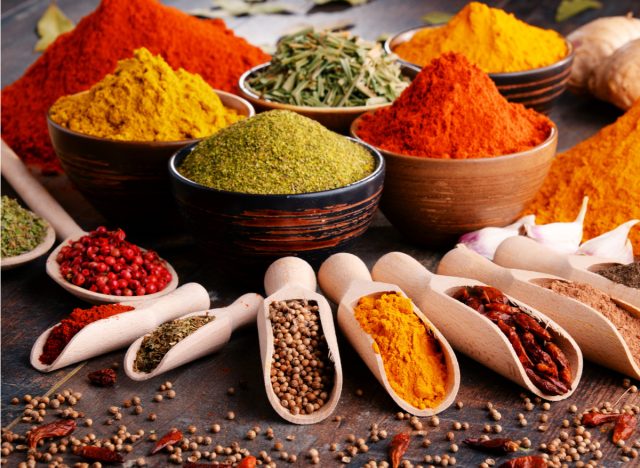
China exports spices such as ginger, saffron, turmeric, thyme, bay leaves, and more across the world; 14.4% of it to the U.S. (worth $95 million USD). "Spice businesses, especially small- and medium-sized companies, may struggle to remain competitive. Bulk buyers and food manufacturers will feel the squeeze, leading to reduced orders or a shift toward domestic sourcing where possible," says the Majestic Spice Company.
Seafood and Caviar
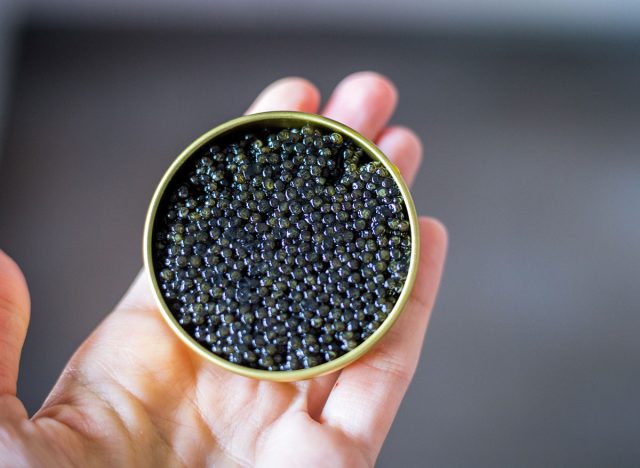
China's seafood processing plants export packaged fish and caviar all over the world, including the U.S. "China remained the world's largest seafood producer in 2023, with official production estimated at 71 million metric tons (MMT), up 3.5 percent from 2022," says the USDA.









